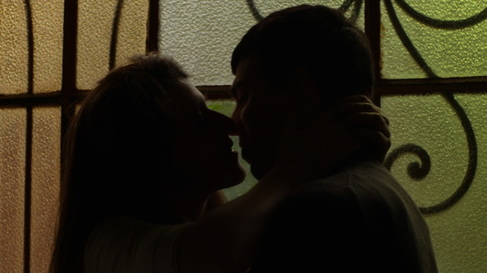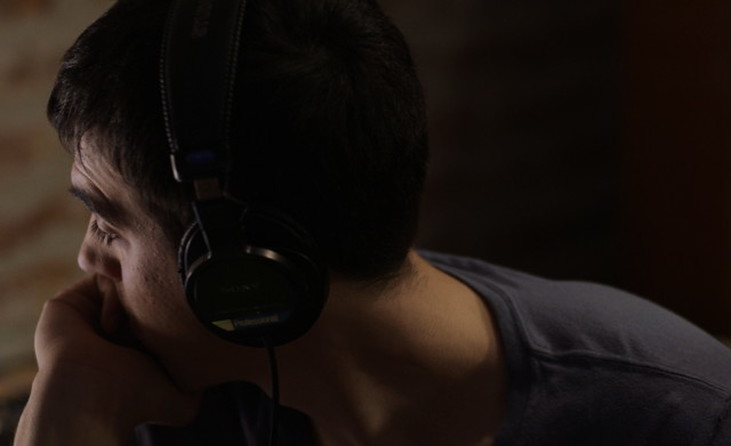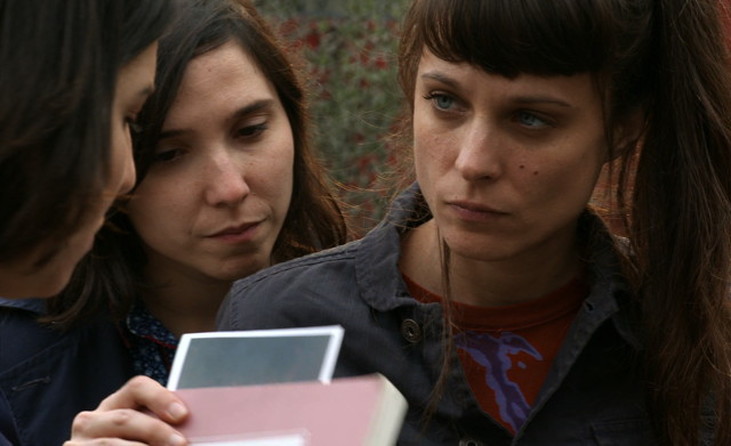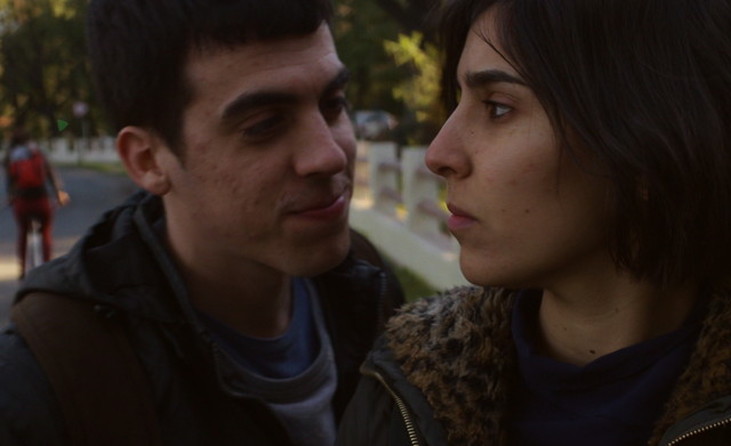 Matias Pineiro's The Princess of France is a challenging and unique examination of desire, relationships, and human connection, a film that is sure to frustrate most viewers due to its opaque, experimental structure and vagueness of its overall message and themes. The film's story is centered around Victor, a stage director living in Buenos Aires, Argentina, who sets out to re-gather the cast of his recent stage play, Love's Labour, in the hopes of recording a radio performance. Reconnecting with all the actresses involved unearths hidden emotions, desires, and intimacy issues, in one way or another, as Victor attempts to construct and carry out the radio performance. In The Princess of France, the main character of Victor is more a cipher to the film's ideas and themes than a central character in its story, a director who connects these various actresses all together and whose past relationships are left intentionally in-specific, offering up the framework to what amounts to what feels like a series of vignettes. Using a fractured narrative that rhythmically flows from person to person, The Princess of France is a film which attempts to quantify desire and examine human connection, offering up what feels like a series of vignettes about desire, examining these characters through an existential mindset. The film attempts to express the vast array of emotion felt from these various characters, capturing how each characters' confusion, wants and desires, are not singular, but all connected in one way or another with humanities' attempt to define what makes them complete or happy through personal desire. One of the most interesting aspects of The Princess of France is its ability to capture desire and connection are exchanged from person to person, with each of these characters' personal insecurities and desires, all being somewhat connected by their interactions with each other. Intimacy is not a personal feeling but one that requires others, and the way The Prince of France captures the congenial qualities of passion and desire is one of the more fascinating aspects of the film. Meticulously crafted, The Princess of France takes place primarily in small bedrooms, secluded studio, and empty museums, where Pineiro's use of shadows and staging create the film's graceful atmosphere that feels fluid, and alive in every frame. Matias Pineiro's use of shadows particularly stood out for me, with silhouettes being used in a few key scenes throughout the film to strip the character of their personal individuality, with silhouttes being used to symbolically present the communal aspects of desire, connection and intimacy. Matias Pineiro's The Princess of France is a challenging character-based drama that places mood above narrative, being a meticulously crafted piece of filmmaking that tackles direction, relationships, and connection in a very existential, broad, and humanizing way.
0 Comments
Leave a Reply. |
AuthorLove of all things cinema brought me here. Archives
June 2023
|



 RSS Feed
RSS Feed
